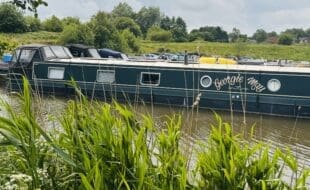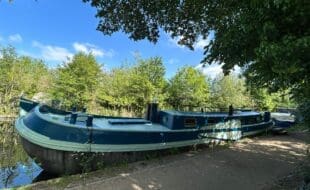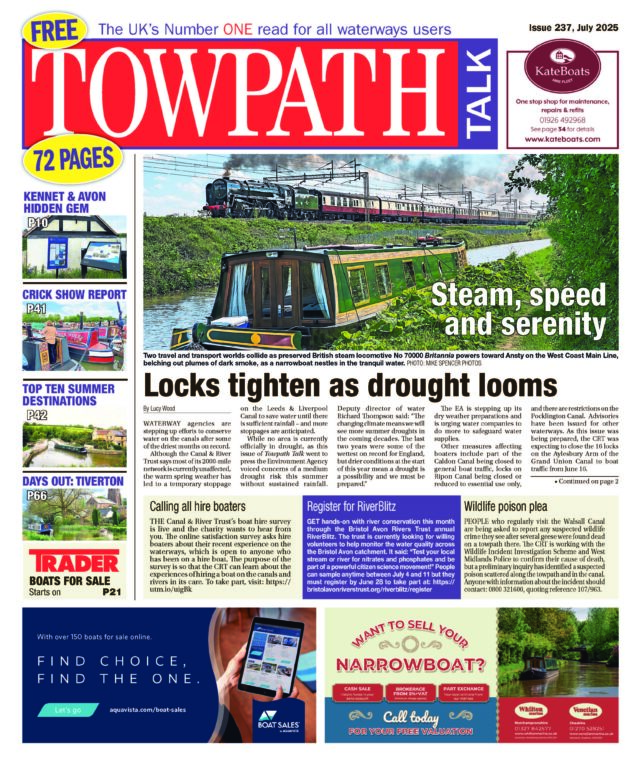SEPTEMBER 27, 2022, marked the 250th anniversary of the death of ‘the father of English canals’, engineer James Brindley. On that day, his last canal – the North Oxford – had reached just below Hillmorton Locks.
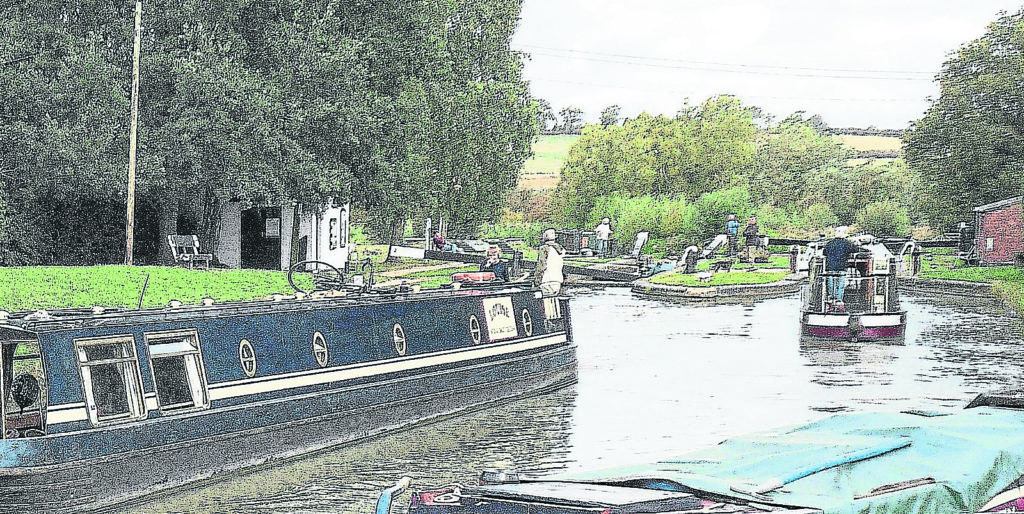
Local canal heritage group, the Old Mortonians, planned for years to mark the occasion but, according to chairman Ian Lauder, had various plans confounded by the Canal & River Trust.
He told us: “Last year we put forward a plan for a simple A2 size lectern style information board opposite the old arm that was where his canal had reached on the day he died. After making official application via the events officer early last year, attending site meetings and providing the local manager with every piece of information she requested, we paid for the lectern to be made.
“The information graphic was completed by Rugby Borough Council marketing department and we paid for it to be printed on an aluminium sheet. The mayor was booked to unveil it.”
But on September 12, the Old Mortonians received an email from CRT stating that because they had not done an appraisal or obtained planning permission – which is not needed for a tiny A2 tourist information sign – they would not permit the society to go ahead with the unveiling of its new information graphic.
We have reproduced it here on this page so, suggests Ian: “People can stand at the spot and hold it up to read.”
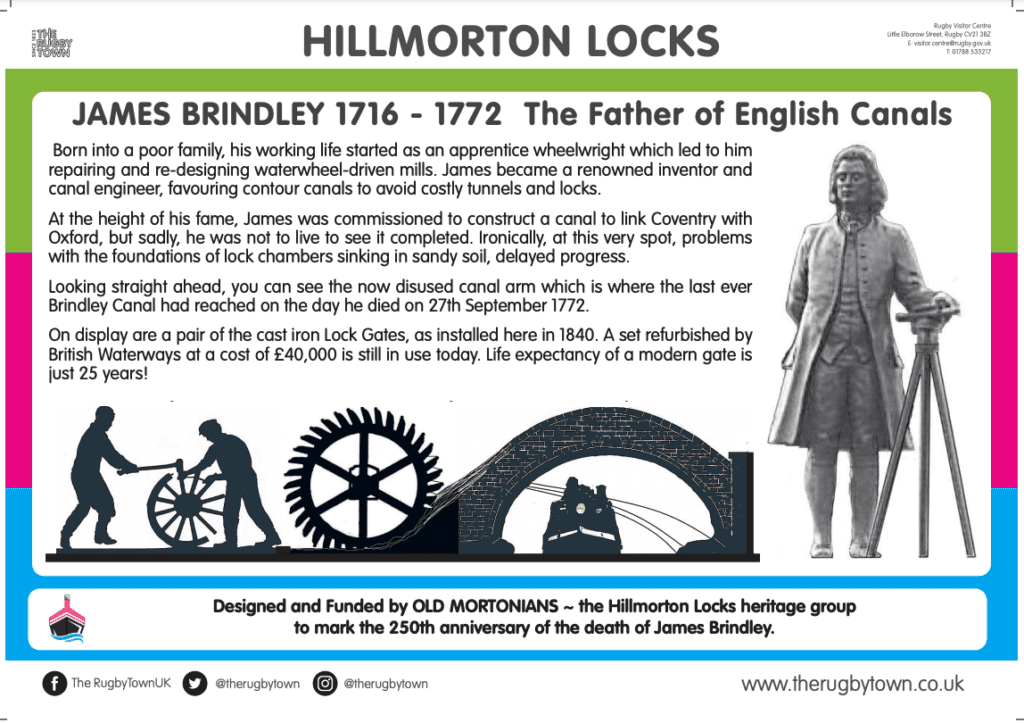
About the Hillmorton Locks
Work began on the Oxford Canal in 1769 but engineer James Brindley died in 1772 before the locks could be completed in 1774, the canal eventually reaching Oxford in 1789.
It became one of the most important and profitable transport links in Britain with a principal traffic in coal from Coventry and surrounding mines to London. The completion of the Grand Junction Canal in 1805 providing a more direct route from the Midlands to London, reduced Oxford Canal traffic south of Napton. However, the short section between Braunston and Napton became the link between the Warwick and Napton Canal and the Grand Junction Canal, making it part of the busy direct route between Birmingham and London.
With the advent of the railways and the need to compete, the contour-hugging section of the Oxford from Hawkesbury to Braunston was straightened in the 1820s, reducing the distance by nearly 15 miles. This immediately challenged the capacity of the flight of three locks at Hillmorton, the first on the canal after the stop lock at Hawkesbury Junction.
The solution to the congestion was to duplicate or twin the existing locks at Hillmorton, creating three pairs of two parallel narrow locks, which allowed for twice the traffic to pass the lock at any time. The work to double the locks was completed in August 1840.
The locks were designed to act as mutual side ponds, with a paddle between the locks enabling water to be transferred from one chamber to that adjacent, thereby saving water. Although no longer operational the winding gear can still be seen between the locks today.The improvements allowed a large increase in traffic, with 20,859 vessels recorded passing through the Hillmorton Locks in 1842. Each lock was supplied with large, cast-iron gates, as opposed to the more usual timber gates. Lock 2 retains the now rare cast-iron gates which imbue it with special interest and is therefore designated as a Grade II Listed.Today the Hillmorton Locks are the busiest on the network.
Information taken from the Hillmorton Locks website.
#towpathtalk #canals #canalsandrivers #narrowboat #rivers #waterways #lifeonthecut #boating #boats #hillmortonlocks

